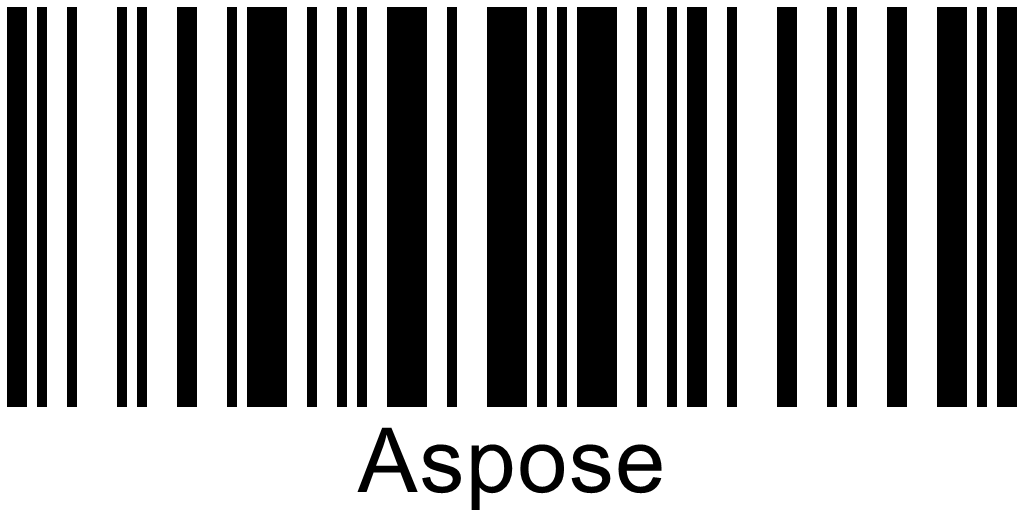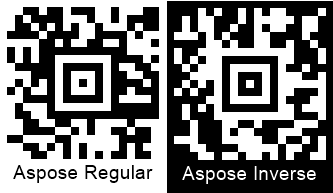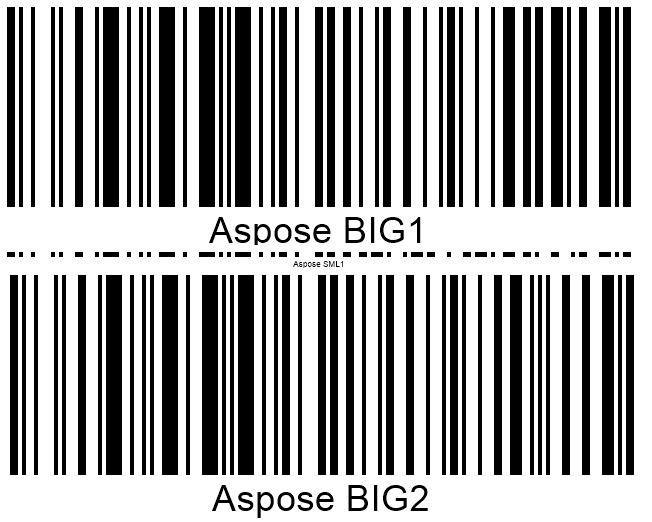Recognition Quality Modes
Overview
Barcode recognition is based on machine vision techniques and utilizes sophisticated mathematical algorithms for object detection and reading. Similar to other computer vision applications, converting an arbitrary image into a machine-readable code strongly depends on the quality of the source image. Namely, barcode images with low quality may be deemed unreadable according to accepted standards. Various methods can be used to recognize barcodes even with unacceptable quality; however, using these methods requires additional CPU computation time and leads to considerably increasing overall reading time.
Aspose.BarCode for C++ allows optimizing the barcode recognition process in terms of speed and quality depending on particular business needs and specificities. The library provides a special class called QualitySettings that can be used to implement flexible settings for barcode recognition and to reach the required trade-off between reading capacity and speed according to the quality of source barcode images.
Recognition Options
Fast Detection for High-Quality Barcodes
To read high-quality 1D barcode images generated using web-based tools, it is recommended to set AllowOneDFastBarcodesDetector and FastScanOnly recognition options. Both modes enable fast scanning of selected barcode image regions using lightweight recognition methods. The only difference between these two recognition options is that the FastScanOnly mode does not imply further barcode detection in cases when no barcodes have been identified using lightweight recognition methods.

Regular Option for Barcodes without Distortions
To read regular barcode labels with normal quality, Aspose.BarCode for C++ suggests an option called AllowRegularImage that implies applying standard barcode recognition methods. It is recommended to keep this mode enabled in most cases as disabling it may result in recognition failures for regular barcodes.

Use Scan Gap for 1D and 2D Barcode Scanning
To perform preliminary scanning of large 1D barcodes and some 2D barcodes, such as PDF417, QR Code, or Aztec, scanning with a gap of a few lines is usually applied. This approach allows avoiding excessively long scanning and speeding up the recognition process. In Aspose.BarCode for C++, the scan gap can be set using a special parameter called AllowDetectScanGap. However, in cases when large and small barcodes are placed close to each other, this setting can result in a refusal to read barcodes of smaller sizes. Disabling this parameter allows successfully reading such combinations of barcode labels albeit at the expense of recognition speed.
